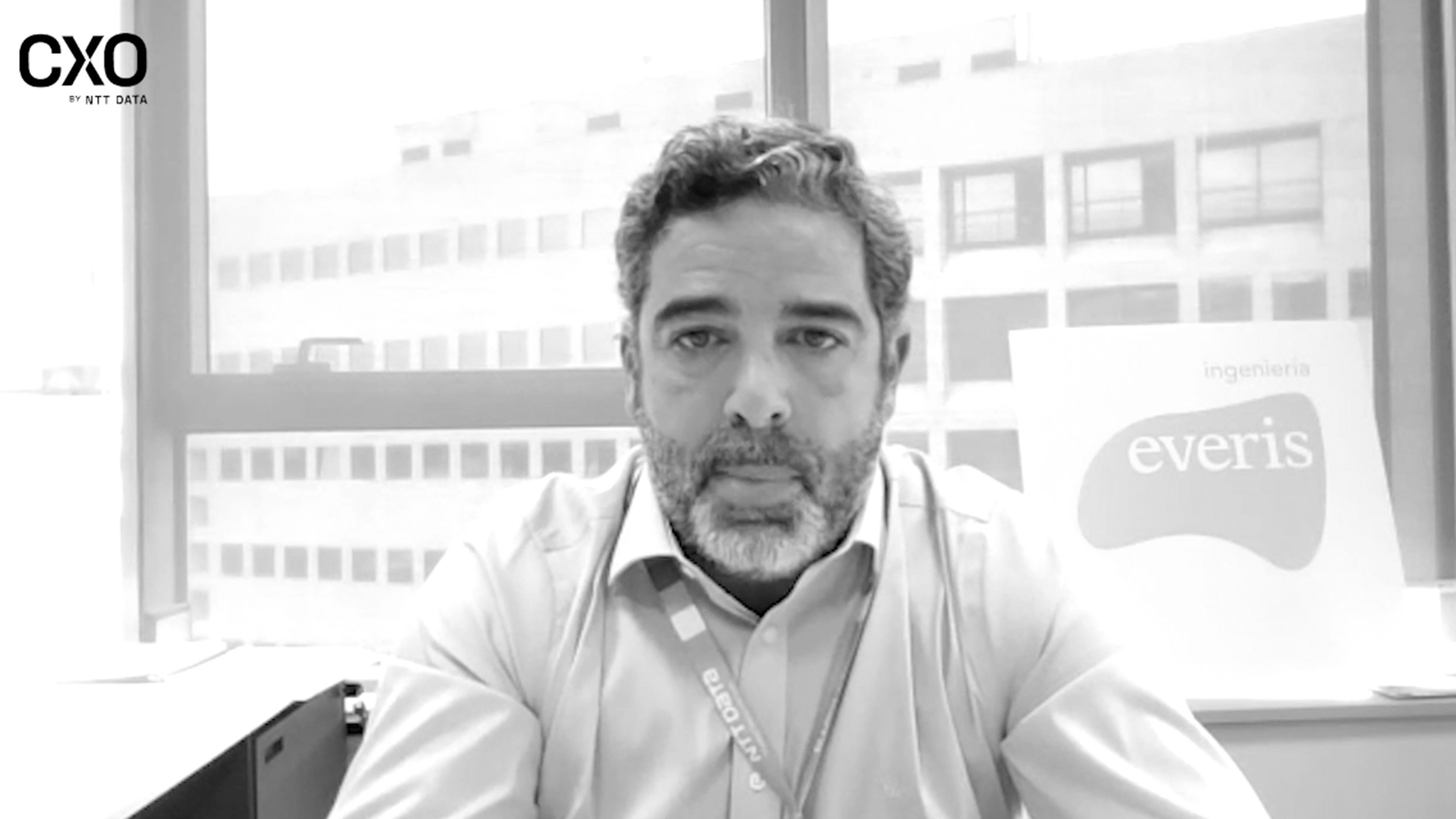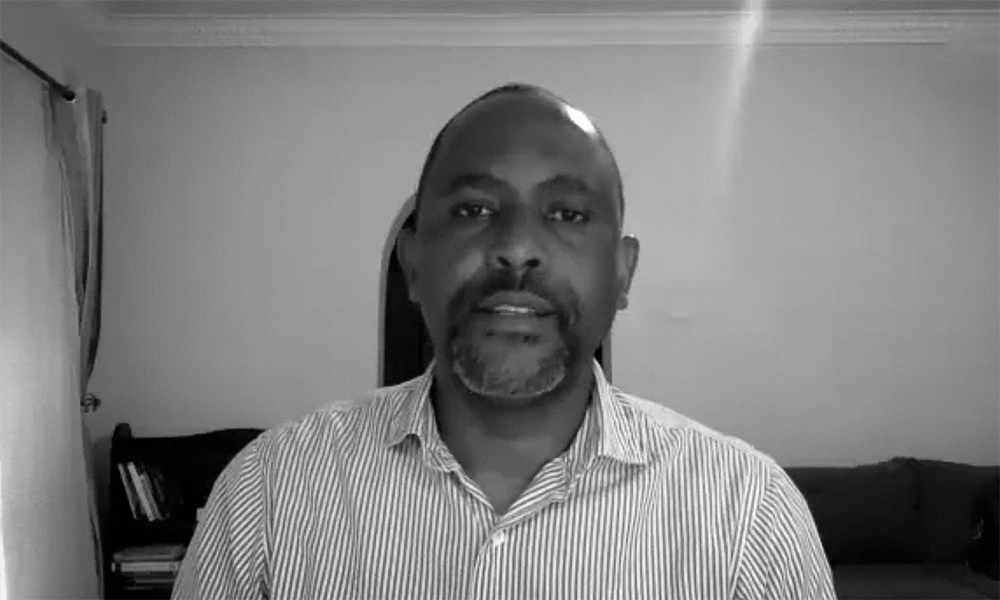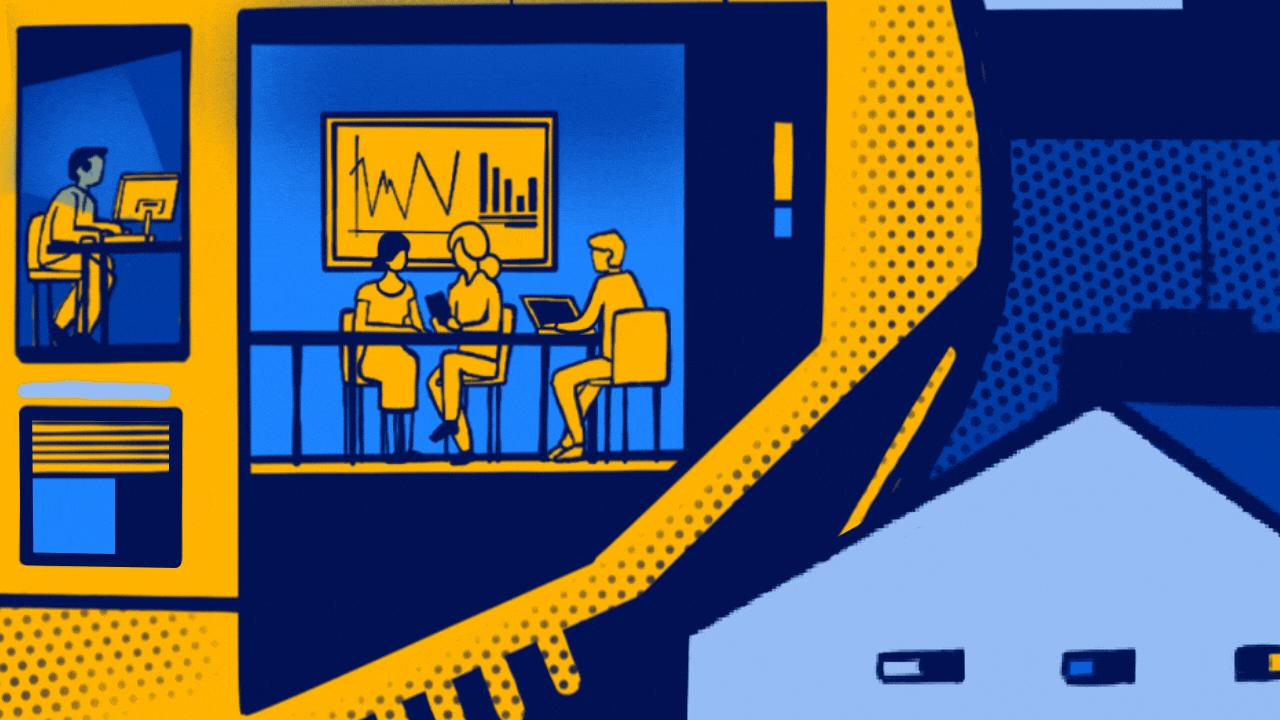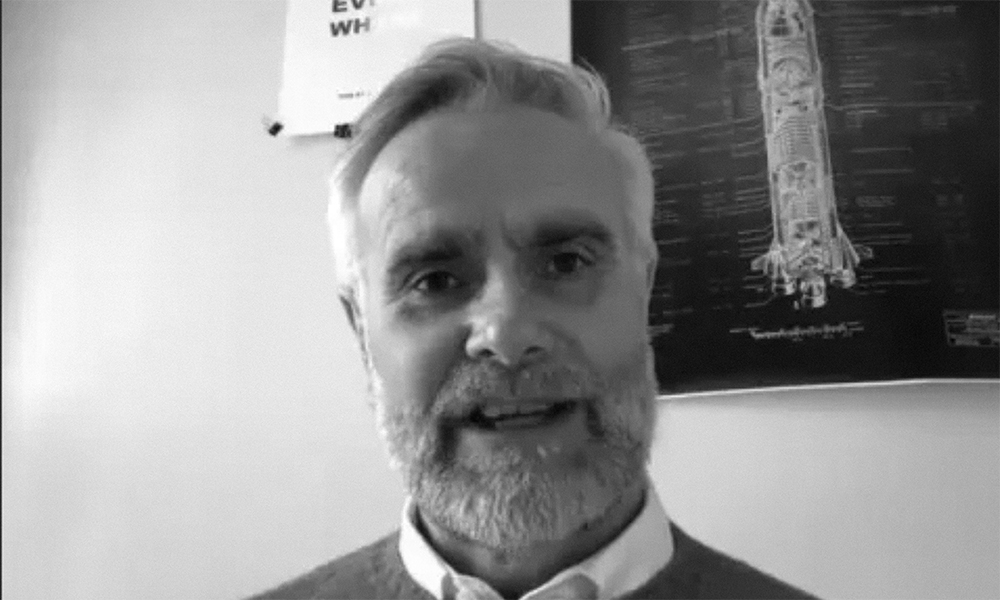As the market headwinds continue to buffet businesses throughout 2023, and leaders prepare for more turbulence ahead, a crucial advantage lies with those able to see (and act on) three time horizons at once: seeking out opportunities to extend and defend the core business, build new avenues for value, and seed options for the future. Looking ahead across the immediate, near and far term offers the best chance of long-term viability – and of creating positive impact in the world.
Devised in 1998 by Merhdad Baghai, Stephen Coley and David White in their book The Alchemy of Growth, the Three Horizons framework is a strategic tool used to help organizations plan for the future. It offers a way to balance the competing demands between running current businesses and building new avenues for growth, proposing that focus must be kept simultaneously on the short, medium and long terms.
The what, why and how of Three Horizons thinking
By considering all three time horizons, businesses can create a roadmap for the future that balances short-term needs with long-term viability. In a rapidly changing business environment, this can offer the all-important differentiator to help them stay relevant.
At its most basic, Horizon 1 involves improving existing products and processes, whereas Horizon 2 deals with creating new products and services that build on existing capabilities. With the furthest view, Horizon 3 is focused on investing in emerging technologies and business models that have the potential to disrupt the market.
Horizon 3 is focused on investing in emerging technologies and business models that have the potential to disrupt the market. An obvious example is Amazon: drone delivery and cashierless stores have the potential to revolutionize the retail industry.
An obvious example is Amazon, whose Horizon 1 improvements include updates to its core online retail business, such as optimizing its supply chain for faster delivery; Amazon Web Services (AWS) – now one of the biggest players in the cloud market – is an example of a Horizon 2 new venture. Incorporating emerging technologies to realize new areas of value, Horizon 3 innovations for Amazon include drone delivery and cashierless stores, which have the potential to revolutionize the retail industry.
In the auto industry, Toyota’s success can also be credited to a Three Horizons approach, with short-term improvements to existing product lines (such as the Corolla and Camry), new medium-term products including the hybrid Prius and the Lexus luxury brand, and long-term investments in emerging markets such as hydrogen fuel cells and autonomous driving.
Across sectors, the Three Horizons framework is used to maximize the chance of sustained growth and innovation. By focusing on all three horizons, businesses can ensure that they are not only addressing immediate challenges but also preparing themselves for the future shifting headwinds of the market.
Necessity is the mother of (re)invention
Why is constant innovation needed? Why do businesses need to reinvent themselves? Often it can be hard to see past the onslaught of current challenges, but short-termism is a very dangerous game to play.
Often it can be hard to see past the onslaught of current challenges, but short-termism is a very dangerous game to play. Businesses face a real problem if they do not transform and evolve: 40% of global CEOs believe that their organization will no longer be viable in ten years time.
With technology, consumer needs and the business environment changing at such a pace, businesses face a real challenge if they do not transform and evolve: 40% of global CEOs believe that their organization will no longer be viable in ten years time if it continues on its current course, according to PwC’s 26th Annual Global CEO Survey.
The survey also showed environmental concerns, from investment to employee loyalty to supply chains, are gaining more and more importance in new business plans: 50% of CEOs expect a moderate, large or very large degree of impact from climate change in the next 12 months.
And that people and talent remain a crucial factor, with employees becoming increasingly discerning: 71% of CEOs expect talent shortages to continue in general, and 94% expect to see talent shortages for certain roles.
The evidence is showing that reinvention is crucial to business survival. But preparing for the future is something that many CEOs find is being left at the bottom of the priority pile – and it’s worrying them.
Looking inward, looking outward and looking ahead
For today’s organizations, growth strategies must consider external forces in combination with internal capabilities and vision. Looking ahead for long-term business viability, there are several factors to consider: financial stability, market demand, scalability and the ability to adapt to changing conditions. It is important for businesses to have a long-term perspective and to invest in research and development, innovation, and strategic planning to ensure their ongoing success.
Supporting a Three Horizons approach to strategic planning, the following aspects are key:
- The space to innovate. The freedom, tools and platform to act on fresh ideas and pivot quickly to meet emerging needs, and bring circular principles into the innovation process.
- Upskilling in leadership. The importance of empathy, mentorship and soft skills, addressing post-pandemic skills gaps particularly for Generation Z.
- New growth metrics. The rise of values-driven growth for brand reputation, employee and stakeholder engagement, and attracting new talent.
- Sustainable business, sustainable society. Incorporating ideas such as Society 5.0, this is about businesses as global citizens, long-term value creation for customers, stakeholders and employees, and the evolution of ESG.
- Data-driven agility. Taking on a product thinking mindset, in tandem with enterprise agility, to harness data to inform decision-making in complex environments to improve customer experience (CX) and employee experience (EX).
Space invaders
Innovation is essential for companies looking to stay relevant and competitive in today’s fast-paced business environment. However, innovation requires space, both physical and mental, for teams to experiment, explore and take risks.
Creating space to innovate involves providing resources, time, and support for teams to develop new ideas and products. This can include dedicated innovation spaces, time set aside for brainstorming and prototyping, and access to funding and other resources.
By creating space to innovate, companies can foster a culture of creativity and experimentation that encourages employees to be bold and try new things. And it’s in this space where breakthrough ideas and products happen, that help companies stay ahead of the competition.
Using the Three Horizons approach for business reinvention
Three Horizons thinking and business reinvention both involve assessing and transforming a business’s strategy, operations and products or services.
As a tool for identifying new growth opportunities and disruptive technologies, the Three Horizons framework can transform a business and create new markets. By considering all three horizons, businesses can identify new revenue streams and evaluate new business models, helping them remain competitive and stay the course amid turbulent market conditions.
Business reinvention, on the other hand, involves a more radical transformation of a business, often including a complete overhaul of culture as well as operations. When a business is facing disruption or significant market changes – just as is the case right now – a fundamental shift in approach is required, and reinvention is necessary.
Business reinvention involves a radical transformation. When a business is facing disruption or significant market changes – as is the case right now – a fundamental shift in approach is required. Three Horizons thinking can help identify the need for reinvention, and guide the process of transforming the business.
Three Horizons thinking can help businesses identify the need for reinvention, and guide the process of transforming the business. By using the framework to assess the potential impact and timeline of different initiatives, a business can prioritize its efforts and focus on the most promising opportunities for transformation.
Doing good (not just doing well)
Whilst the forces compelling the need for reinvention are external, and not necessarily welcome, the truth is that businesses have a singular opportunity to re-establish themselves as responsible global citizens, and help address some of the world’s societal and environmental problems – whilst also gaining a competitive advantage.
This idea is gaining traction, as outlined in a recent World Economic Forum (WEF) article: “As one of four key skills identified by WEF as central to building a ‘new economy’ – a society that puts people and the planet at the center of digitally enabled economies – businesses will need their employees to have these [global citizenship] capabilities in order to thrive in a global marketplace, and people will need them alongside technological skills in order to compete for those jobs. Global citizenship and civic responsibility are not merely ‘soft skills’, nor an act of altruism; rather, they are the bedrock of resilient, healthy economies that work for all.”
To do well, and keep doing well even in the face of more uncertainty than ever before, businesses should adopt a Three Horizons approach: it offers a way to balance short-term and long-term objectives, facilities identifying and prioritizing innovation initiatives, creates a culture of experimentation and agility, and helps businesses to be the disruptor, not the disruptee. To do good, businesses must rebuild their strategy and operations around new, socially responsible growth metrics. Why not help create the future you want, and that the planet deserves?


















































